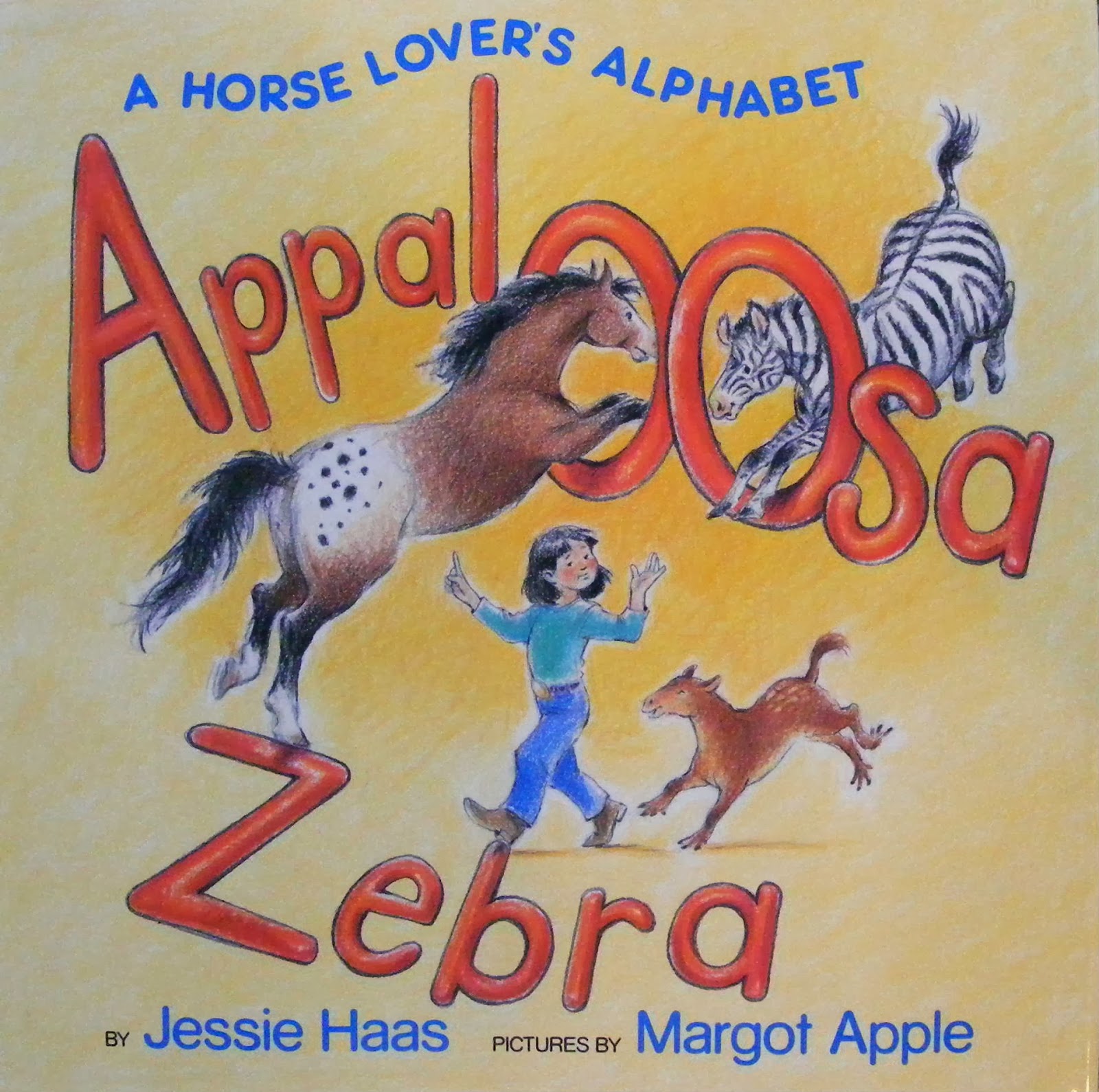PBOTD: 31st January, Catherine Harris - We Started a Riding Club

Catherine Harris was another pony book author who started young. We Started a Riding Club was her first book, written while she was in her teens. It's one of those pony books with no mystery at all about its title: the protagonists, Simone, Monica, Dean and Charles, start a riding club. They're fortunate children, as they have ponies, and all the help they need, as their grandfather fortunately happens to be an MFH. Blackie, 1954, first edition The grandfather was one of those terrifying MFHs who probably bellowed at anyone who sinned on the hunting field, and would have slaughtered anyone who dared to run into hounds. There is little chance for the riding club to stray from the straight and narrow under his patronage, and they go on to have a thoroughly respectable mock hunt. The riding club does require hard work from its youthful founders though, and you can't help but feel life is in some ways easier today when you see the children typing out each individual notice ...












